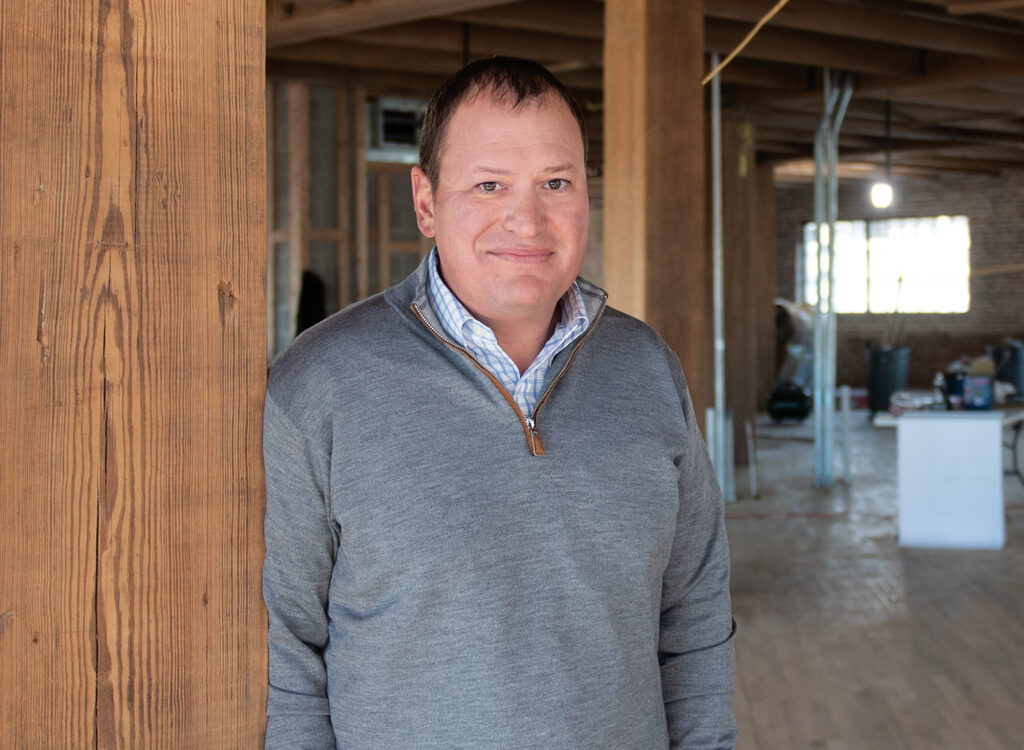Gone with the wind
Duane Arnold Energy Center to close as wind energy becomes ‘king’

In the end, the nation’s burgeoning wind energy spelled the end for Iowa’s only nuclear plant.
Majority owner NextEra Energy Resources LLC plans to stop commercial operations at Duane Arnold Energy Center near Palo in late 2020.
When one of the plant’s biggest customers, Alliant Energy, started looking at future fuel costs in recent months during talks regarding renewal of a power purchase agreement, it became apparent that nuclear wasn’t going to fit in as well as it had in the past. Other fuels were cheaper, including wind, which is free. So the utility persuaded NextEra to shave five years off the agreement.
Alliant will pay NextEra $110 million in addition to buying 340 megawatts of wind power from NextEra, which plans to spend $650 million to upgrade old turbines and build new ones. Alliant is still looking for 60 megawatts of capacity to replace the balance of the 400 megawatts it was getting from Iowa’s sole nuclear plant, one of the smallest in the country.
Alliant plans to ask the Iowa Utilities Board for permission to recover the $110 million, but notes that customers will save $300 million over 21 years from shifting from nuclear to wind and other energy sources.
Wind energy will take up much of the slack for Alliant’s Iowa subsidiary, which has plans to add 1,000 megawatts of wind, and maybe more, to serve Iowa customers.
Duane Arnold generally scored well on Nuclear Regulatory Commission reviews. Alliant noted that the plant has provided reliable power. But wind, with its free fuel, and natural gas, with lower costs, have risen to the top of the fuel rankings.
It was Alliant’s predecessor, Iowa Electric Light and Power, that built Duane Arnold, commissioned in 1975.
“We focus on a diverse mix of energy sources so we’re not relying on any one source,” said Alliant spokesman Justin Foss. “People talk about three-legged stools. We have a five- or six-legged stool. Nuclear is one piece of that.”
The decision to end the power purchase agreement early came as contract renewal talks began.
“We were in the renegotiation stage” with NextEra, Foss said. “The market for energy has changed drastically in 10 years and even in two or three years. We are looking at the most cost-competitive sources of energy.
“What has changed has been that wind in Iowa has become king. Wind has become the lowest-cost energy. Now with new technology, natural gas is very low-cost and complements wind,” because operations at natural gas plants can be changed quickly to lower or increase the amount of power coming from them. Coal plants take a lot more time, making them less useful at times when wind speeds vary widely, changing the amount of electricity produced by turbines.
Another change: Wind turbines that used to take in air from an area the size of a football field have lighter and better-designed blades that now can use air from the space of 2.5 football fields.
“Our renewable picture has been small, but it is about to get huge,” Foss said. “When our build-out is done in 2020, customers will really start to see the savings.”
Alliant’s CEO issued a statement noting Duane Arnold’s years of steady production, with one of the cleanest safety records in the industry.
But a huge drop in the price of renewable energy shifted Alliant’s attention to wind, the mother of all renewable energy at the moment. Wind can be variable, and so is the power from it, but Alliant, and many other utilities, use their natural gas plants and whatever coal-fired capacity remains to fill in the gaps.
Duane Arnold accounts for one-tenth of Iowa’s electricity generation, the Energy Information Administration reported.
“The Duane Arnold Energy Center has provided reliable energy to Alliant Energy’s Iowa customers for decades,” said Patricia Kampling, Alliant’s chairman and CEO. “Partially replacing energy from Duane Arnold with NextEra’s additional wind investments in Iowa will bring significant economic benefits to our customers.”
Alliant, whose 490,000 retail electric customers and 220,000 natural gas customers in Iowa include the Ames area, sold its 70 percent share of Duane Arnold to FPL Energy, now NextEra, in 2006.
Another Duane Arnold co-owner, Central Iowa Power Cooperative, or CIPCO, is still mulling its options to replace the power it has been getting from nuclear.
CIPCO owns 20 percent of Duane Arnold. Corn Belt Cooperative owns 10 percent and sells its 61-megawatt share to Basin Electric Power Cooperative of Bismarck, N.D. Corn Belt said Basin Electric has enough power to cover any shortfall from the plant closure.
CIPCO Executive Vice President and CEO Bill Cherrier said CIPCO wasn’t involved in the discussions to close Duane Arnold, which provides 35 percent of the co-op’s electricity — almost as much as coal does. The nuclear plant is providing CIPCO 125 megawatts.
Nevertheless, Cherrier said it appears CIPCO will find cheaper sources of power and will make the transition without a rate increase in all likelihood, even though it will have to pay off bonds for a nuclear plant that won’t generate power for the full term.
“When we look at it, Duane Arnold was a good, reliable resource,” Cherrier said. “In a lot of ways it’s hard to let that go. It gives us 35 percent of our portfolio, and its all carbon-free. What we would want to do is as much carbon-free replacement as we can. Economics and price will drive that.”
CIPCO’s members won’t take a financial hit from Duane Arnold’s closure because the alternative sources will be cheaper, Cherrier said. “Wind is half the cost of nuclear now,” he added.
Alliant’s decision was simple economics, and nuclear now is not as cheap as other sources — though it is reliable, Cherrier said. For his operations, it’s time to look most likely at a mix of wind, solar, natural gas and other sources to make up the difference, including new construction, expansions and further purchases. For example, gas production might increase at Creston. Those decisions are still being mulled.
Already, CIPCO, much like Alliant, has plans to buy 100 megawatts of wind power from NextEra that should be online next year.
CIPCO’s 13 rural electric cooperatives and associations serve 300,000 rural and urban residents and more than 13,000 small and large commercial and industrial accounts.
NextEra announced that the closure of Duane Arnold will mean the loss of 500 jobs, but the trims will be made over seven years as decommissioning proceeds.
“The eventual closing of the Duane Arnold Energy Center is a difficult decision because of the approximately 500 highly skilled men and women who consistently have made it one of the top-performing nuclear facilities in the country,” Armando Pimentel, president and CEO of NextEra Energy Resources, said in a statement. Several hundred jobs will remain during the plant closure work.
MidAmerican Energy, which has been even more aggressive with its wind investments than Alliant and serves the Des Moines area, expects its wind turbines to generate the equivalent of 100 percent of its customers’ usage on an annual basis, when planned projects are in place in late 2020.








